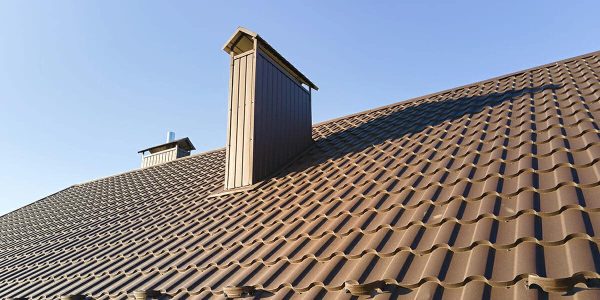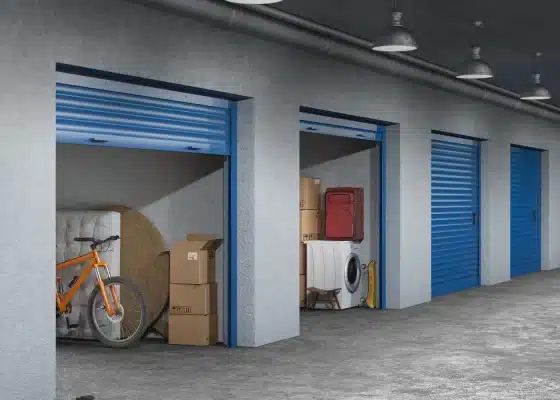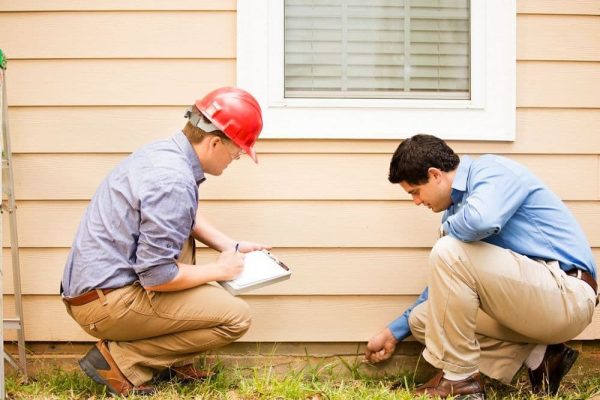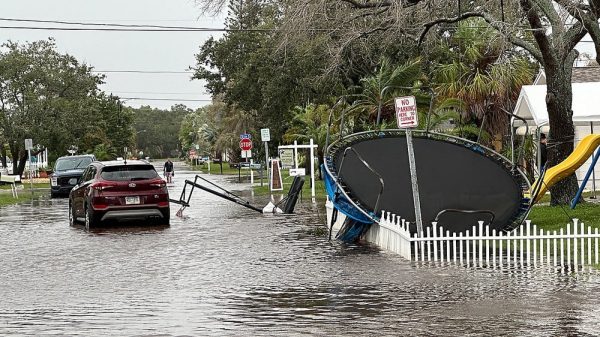
We live in a time where whispers of the environment’s decline have grown into an urgent call to action. Like the sunflower turning to face the sun, we, too, must adapt and pivot toward more sustainable practices. It’s no longer a choice but a pressing need. This ethos of sustainability isn’t limited to our personal lives but extends to our collective spaces as well. Our places of learning, from sprawling college campuses to cozy elementary schools, must lead this charge, becoming not only cradles of learning but also caretakers of our environment.
Picture a student sitting at their desk, clicking away at an assignment. They think, “If I can do my essay with a paper writing service, harnessing the power of technology and online tools, why isn’t my school taking similar steps to reduce its energy footprint?” This question strikes at the heart of why we must weave sustainable practices into the very fabric of our educational environments.
The Transformative Role of Sustainable Architecture in Schools
Promoting Environmental Stewardship
Imagine a school building, not just as a structure of bricks and mortar but as a living embodiment of environmental stewardship. With every energy-efficient light bulb, every recycled material, and every green space, the school stands as a beacon of sustainability. It shows students that we can interweave conservation and daily life, inspiring them to become proud protectors of our planet.
Improving Health and Well-Being
Think about the feeling of sun streaming through a window, the freshness of clean air, and the tranquility of a courtyard garden. Green schools harness these natural elements to enhance the physical and emotional well-being of everyone inside. The result is an invigorating learning environment where students and staff can thrive, whether they’re deep in study or busy with assignments.
Efficiency and Cost-Effectiveness
Have you ever thought about how much energy and water a school uses? Sustainable schools look at these resources through the lens of efficiency, cutting down waste wherever possible. The payoff isn’t just environmental but financial too. Money saved from lower utility bills can be redirected to where it’s needed most – the students’ academic needs.
Enhancing Learning Experiences
What if classrooms could adapt and change to fit different teaching styles and students’ needs? Sustainable schools, with their innovative designs, can do just that. Imagine a biology lesson in a school garden or a physics class calculating the energy output of rooftop solar panels. These hands-on experiences elevate learning to a whole new level.

Reflecting Social Responsibility
Finally, let’s not forget the powerful message that a sustainable school sends out. It reflects the school’s commitment to the greater good – showing students, staff, and even the local community that the school is dedicated to making a positive, lasting impact on our world.
A Community Effort
Picture this. A neighborhood is rallying around a common cause, sparking a sense of camaraderie and purpose. When local folks roll up their sleeves to participate in sustainable school projects, it kindles a spirit of collective learning and shared responsibility. It might be sketching out design plans, planting the first seedling for a green wall, or tending to the school’s vegetable garden. Each shared moment strengthens community ties and infuses a sense of pride in their green initiatives.
Gearing Up for a Sustainable Future
Imagine a school not just as a space for learning ABCs and 123s but as a training ground for the future. With sustainability at its core, the school’s architecture becomes a teaching tool that prepares students for a world increasingly rooted in eco-conscious practices. Immersed in such an environment, students find themselves better prepared to navigate a future ripe with sustainability challenges and opportunities, be it in college or their chosen careers.
Blending Sustainability and STEM
What if a school’s architecture could serve as the stepping stone to the exciting world of STEM? Green school buildings do exactly that. Rainwater collection systems, solar panels, geothermal heating and cooling – all these elements of sustainable architecture offer practical, real-world examples of STEM concepts. The result is a STEM curriculum that’s enriched and engaging, sparking curiosity and interest among students.
Sustainable Schools as a Catalyst for Urban Renewal
Consider a school building not just as a hub for education but as a beacon of change in urban landscapes. Schools that champion sustainable architecture can ignite a ripple effect, inspiring modifications in nearby homes, businesses, and public spaces toward greener practices. These schools evolve beyond their traditional roles, becoming symbols of positive transformation and environmental stewardship within their communities.
Conclusion: Inspiring the Next Generation
Envision a sustainable school, not merely as a house of learning but as a living testament to our potential when we put the environment first. It’s more than just a physical space. It’s an extension of the curriculum, a powerful tool that shapes the minds of future leaders, imparting lessons of environmental stewardship and sustainability. As the old saying goes, “We do not inherit the earth from our ancestors, we borrow it from our children.” With sustainable architecture in schools, we are ensuring they receive it in the best possible state.
Sustainable architecture in schools not only addresses the immediate need (providing a learning environment) but also adds value beyond its primary purpose, educating and inspiring the next generation to be more environmentally conscious.
By investing in the sustainability of our school buildings today, we are investing in the leaders of tomorrow. We provide them with the knowledge, values, and firsthand experience they need to protect our planet. This is our opportunity to make a lasting impact and, indeed, our responsibility to the generations to come.








